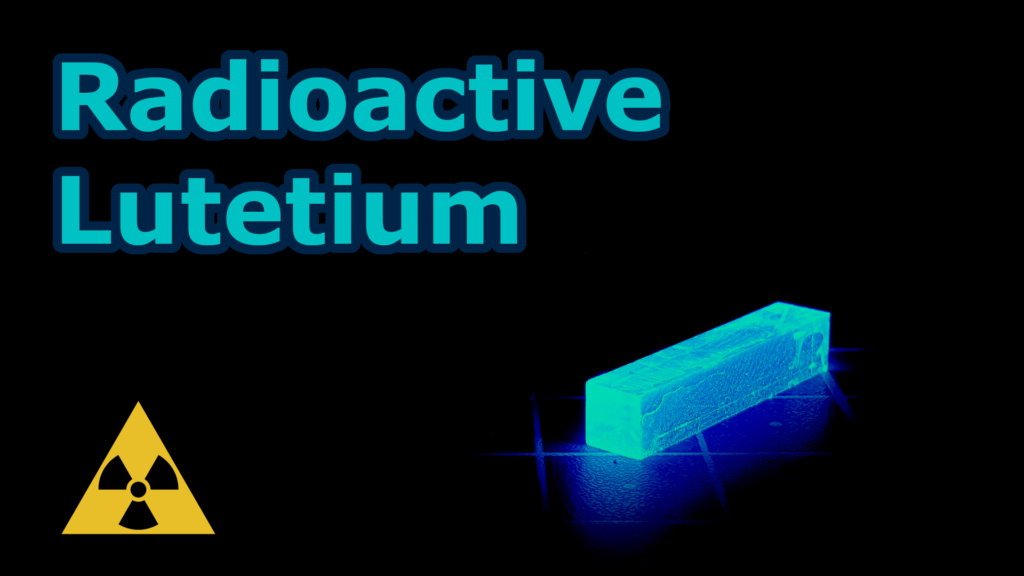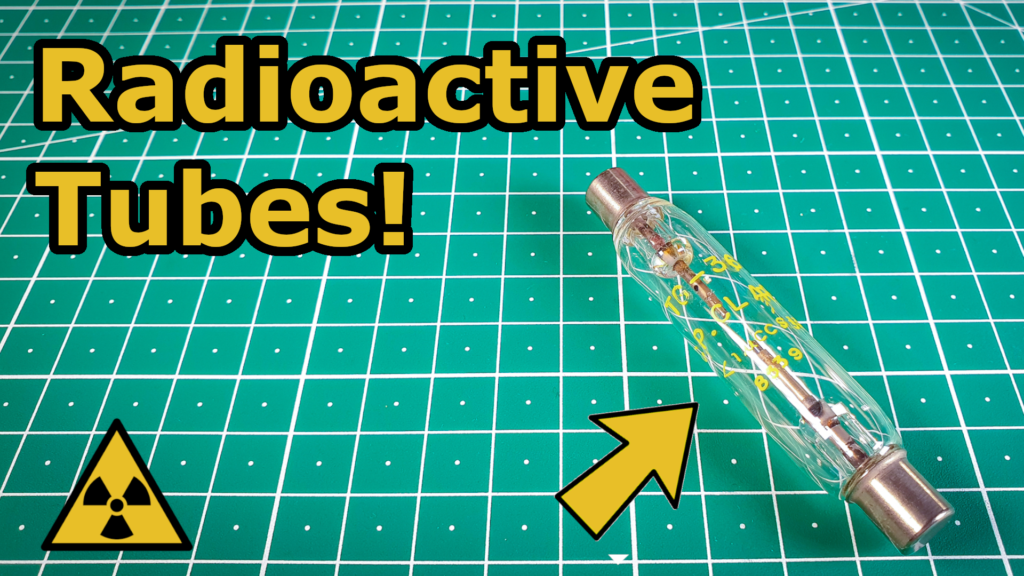Today we will take a closer look at another naturally occurring radioactive element, Lanthanum! Lanthanum is a rare earth element and it’s the first element in the lanthanide series. It has an atomic number of 57 and was first discovered by a Swedish chemist, Carl Gustaf Mosander in 1839 but pure Lanthanum wasn’t obtained until […]
Cobalt 60 is a radioactive isotope of Cobalt and it is produced by neutron activation of stable Cobalt 59 in nuclear reactors. Since it has a short half-life of only 5.3 years, it does not occur in nature and all samples that exist are synthetic. A single gram of Co-60 has an activity of 44TBq […]
Uranium and Thorium along with Potassium are the most common, naturally occurring radioactive isotopes but there are also many other, lesser-known ones. One of them is Lutetium, which will be today’s main topic. Lutetium is the last element in the Lanthanide series and it has been discovered in 1907 by French scientist Georges Urbain. Today […]
Introduction Small amounts of radioactive isotopes are often used in common household items. A good example of that would be 241Am in smoke alarms or 226Ra in watches but today, I want to focus on tubes (valves) and other less common electrical components containing radioactive isotopes! TG-36 Spark Gap Tube Isotope: 137Cs Activity originally: <1 […]
Items generating “Negative Ions” are no strangers to this channel. In fact, my first proper video was on one of them! Today we take a closer look at another pendant but this one is pretty special! Unlike the old pendant, this one is made out of green glass which also glows under black light and […]




